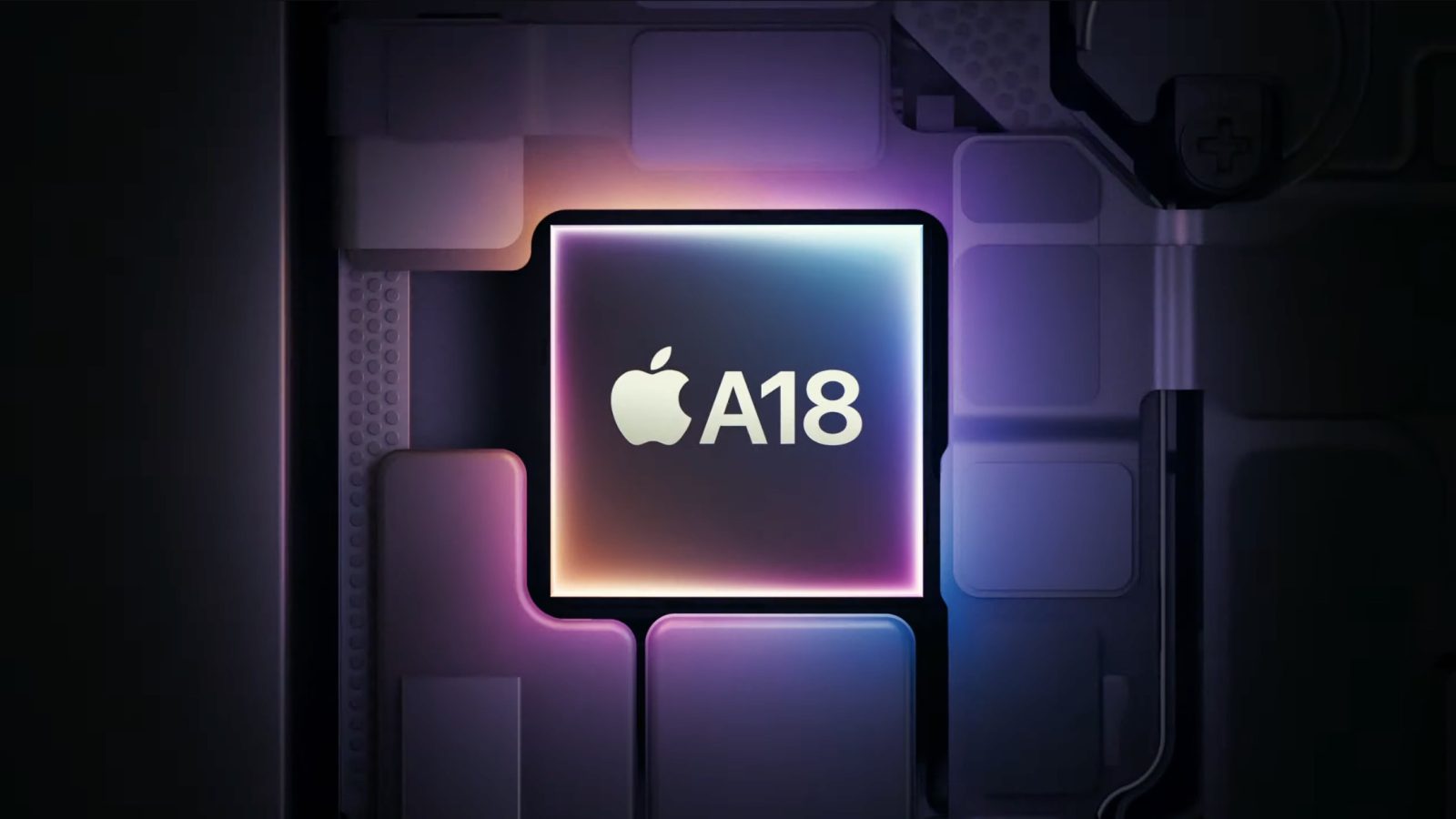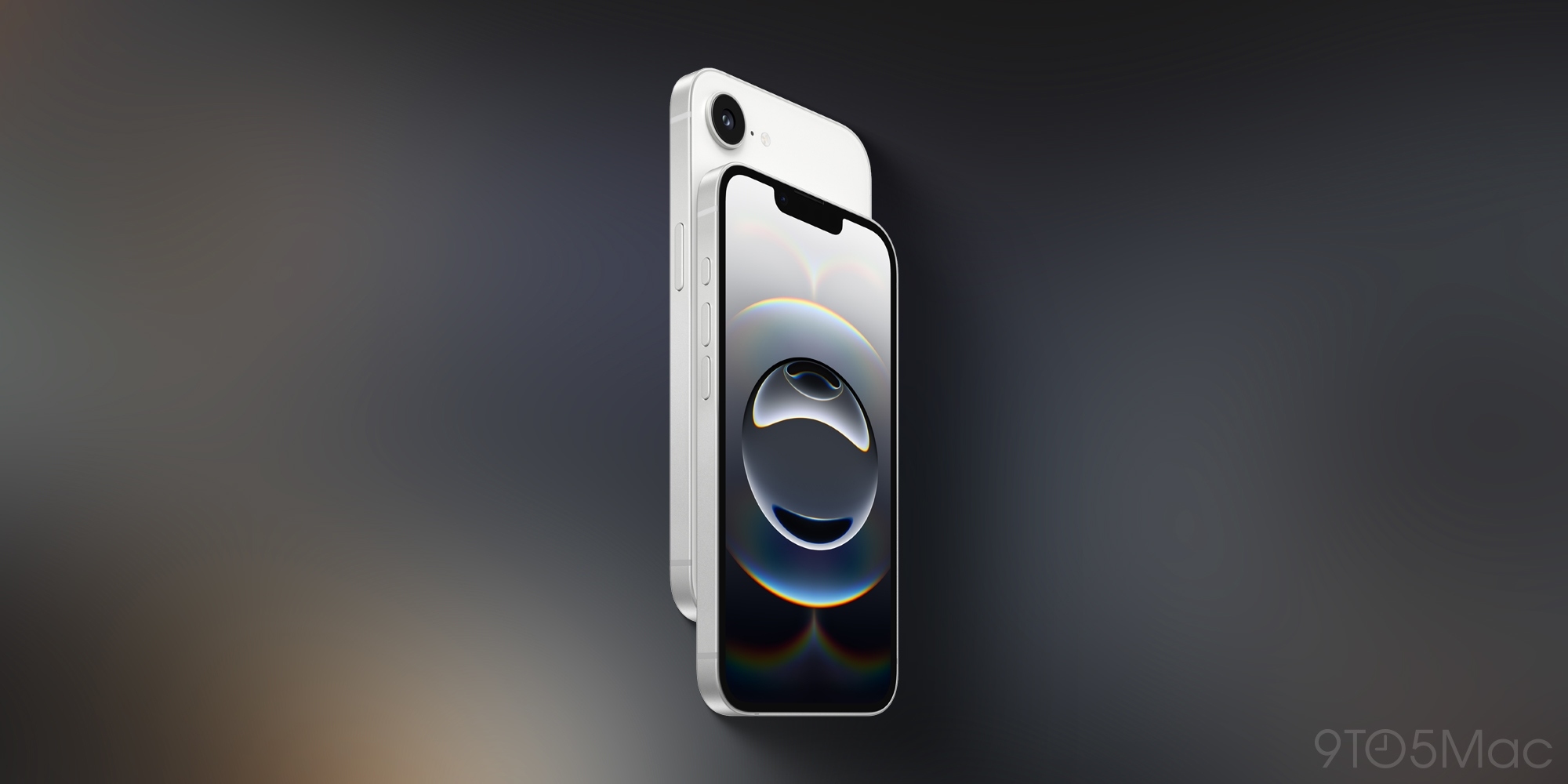
The new iPhone 16e, which was announced by Apple earlier today, features the A18 chip. In theory, this is the same chip that powers the iPhone 16 and iPhone 16 Plus. However, as already reported by 9to5Mac, there is a slight difference in the chip inside the iPhone 16e, which suggests that Apple is using a binned chip in the less expensive model. But what exactly does this mean?
What is a binned chip?
Before the iPhone 16e, there were already two different versions of the A18 chip. One of them, called A18 Pro, has a 6-core CPU and a 6-core GPU. As the name suggests, this chip is used in the iPhone 16 Pro models. For the non-Pro models, Apple uses the A18 chip which also has a 6-core CPU, but a 5-core GPU. Both have 8GB of RAM.
So what about the A18 chip inside the iPhone 16e? According to Apple, it has a 4-core GPU – two less than the A18 Pro and one less than the A18 in the iPhone 16 and 16 Plus. Potentially, the A18 chip in the iPhone 16e is a binned chip (just as the A18 chip in the iPhone 16 is probably a binned version of the A18 Pro).
Chip binning is a quality control process in chip manufacturing. Rather than scrapping chips that haven’t reached the maximum performance of all their cores, some of them are deactivated and the chip can still be used with fewer cores. This isn’t the first time Apple has used a binned chip in a product – a great example is the iPad mini 7, which has a version of the A17 Pro chip with one less GPU core than the original chip.
Does this mean that the iPhone 16e is slower or will perform worse? Not for most users. The CPU is still the same as the one in the base iPhone 16 model, which is powerful enough to handle intensive tasks. The main difference here is in graphics processing. For comparison, the iPhone 16 Pro’s GPU is around 15% faster than the base A18 GPU due to its extra core.
The only users who might notice a difference are those who constantly play 3D games or edit videos on their iPhone. However, for someone coming from an older iPhone, even the binned version of the A18 chip will be faster. If you’re not swapping your iPhone 16 or 16 Pro for an iPhone 16e, there’s nothing to worry about.
More about iPhone 16e

In addition to the A18 chip, the iPhone 16e has a 6.1-inch OLED display, 48-megapixel rear camera, Face ID, and a USB-C port. It also features Apple’s first custom 5G modem for better energy efficiency.
Pre-orders for iPhone 16e begin on Friday, February 21. The first orders will arrive next week, on February 28. Pricing starts at $599 for 128GB of storage. There are 256GB and 512GB options available, in white and black.
FTC: We use income earning auto affiliate links. More.




